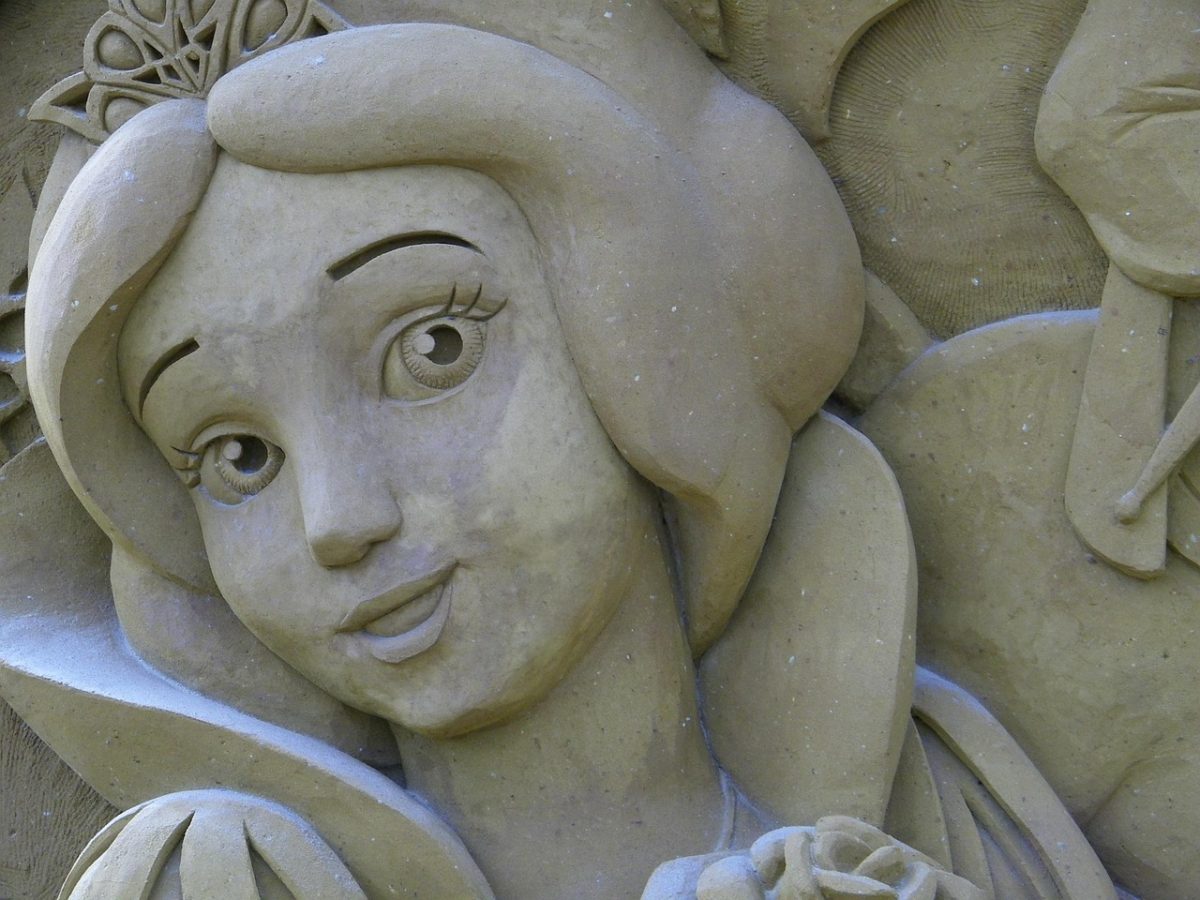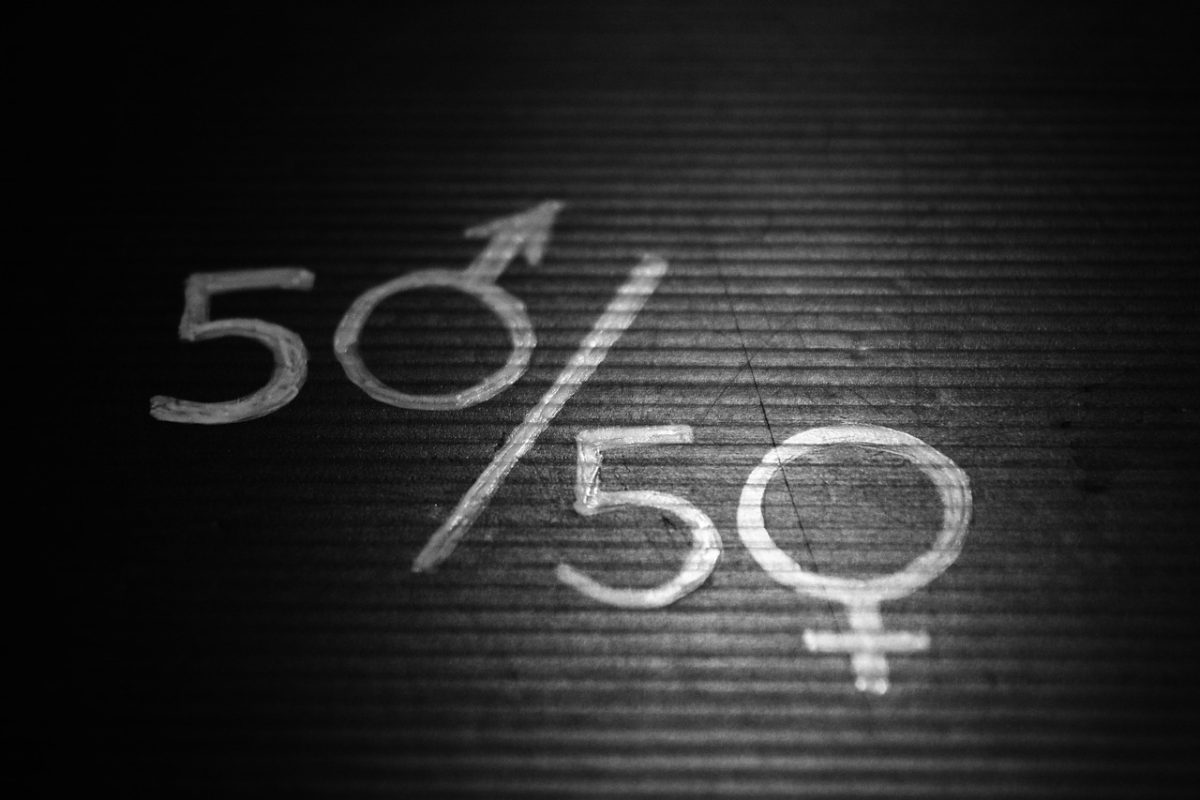What were the Salem Witch Trials?
The Salem Witch Trials was a phenomenon that struck New England in the seventeenth century. It began in Salem, Massachusetts, in 1692, where men and women were accused of allegedly participating in witchcraft.
Being accused of witchcraft could be deadly since the civil and criminal laws state that witchcraft is a capital offense. Any man or woman convicted of participating witchcraft was sentenced to death.
It all started when a group of young girls accused a neighboring woman of being a witch. This woman, Bridget Bishop, was the first to be hanged for witchcraft. She was one of the 19 women who were killed because of witchcraft accusations.
Speculations of witchcraft were inspired by the Puritan belief in the supernatural, specifically the Devil. The beliefs began in Europe, then later spread to New England.
The Hysteria Theory, which was a psychological illness with physical manifestations also inspired accusations and speculations of witchcraft. Other theories about the cause of witch-like behaviors included a plant that was allegedly infected by the fungus Ergotism which then formed into rye. It was believed to be poisonous when consumed and then led to severe hallucinations. Many people assumed the hallucinations were a form of witchcraft.
Guilty till proven innocent
Evidence was necessary to be proven guilty in the trials. Witness testimony was often considered sufficient evidence to convict someone of witchcraft. Sometimes this testimony would consist only of the witness seeing in a dream that someone’s body and spirit were in two different places at once.
Confessions made by the defendant were also considered evidence, but these confessions were often coerced. The sexist belief that women are inherently more likely to participate in witchcraft due to being over sexualized also influenced a guilty verdict.
What were the tests that were held?
Often horrific and unethical tests were held to “prove” innocence, but they often resulted in death. One test consisted of that pricking at birthmarks on the skin to see if they bled or caused pain. If someone had a birthmark they would prick it and if the person bled or felt paint they were innocent. If not then you were considered a witch.
One of the more horrendous tests was tying together the ankles and arms of the person and throwing them into the water. The reason behind this was if you were considered a witch, your body would repel the water and you would float. If they didn’t float, they drowned and were proven innocent when dead.
Economic hardships in Salem
At the time when the trials were being held, Salem was undergoing difficulties and uncertainties from a political and economic standpoint which lead to people being accused and convicted of witchcraft. It was believed that women’s ages and economic status were factors in the suspicion around their witch-like tendencies.
The Hysteria Theory
The Hysteria Theory accounted for many of the accusations of witchcraft. It was believed that the individuals who accused others and those who were convicted had issues with mental illness.The Hysteria Theory is best understood as a psychological illness of the time that was exhibited by “excess” emotion with physical manifestations; this illness was common among women in Salem at this time.
Today we might wonder, why would doctors use a mental illness diagnosis as the reason for witchcraft? Furthermore, since the existence of birthmarks led to public suspicion trials and then execution, we can assume that people at the time were looking for any “abnormality” with which to accuse someone.
To further compound these injustices, the Salem Witch Trials led to the suspicion, trial, and then hanging of a 5 years old. How could one do that to a child?
Discriminating based on gender, illness, and social status is wrong. The people who were killed deserved better.

























